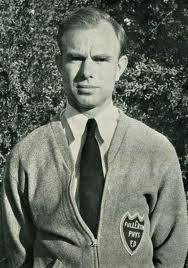United States
The NFHS 2006-2007 swimming/diving and water polo rulebook (USWP and NCAA rules still vary) was revised in 2006.
- The four and seven metre lines were merged to a five metre line.
- According to the revised rule a goalkeeper can use his both hands and stand at the bottom of the pool (if shallow) until the 5 metre line, and go beyond the 5 metre line according to the field rules (one hand on the ball no standing), but still not pass the half line.
- The goalie can hit the ball with a clenchedfist, even this act is not required.
- New cap rules were also enacted.
- A goalie cap must now be in quarters alternating red/dark for home and red/white for away.
- The goalie must be number 1, 1a, or 1b.
- For women, a red swim cap must be worn under the goalie cap.
- A team's dark swim cap is no longer acceptable as it is hard to distinguish a goalie from field players if official cap is off.
The Water Polo tournament at the 2012 Olympics in London is scheduled to be held at the London 2012 Water Polo Arena in the Olympic Park from 29 July to 12 August. The venue will hold 5,000 spectators during water polo matches. Twelve teams will compete in the men's tournament and eight teams in the women's tournament. Olympic Water Polo Tickets are available at Sport Ticket Exchange at reasonable prices. SportTicketExchange.com is an excellent place for Olympic fans to buy or sell Olympic Tickets especially Water Polo Tickets.






